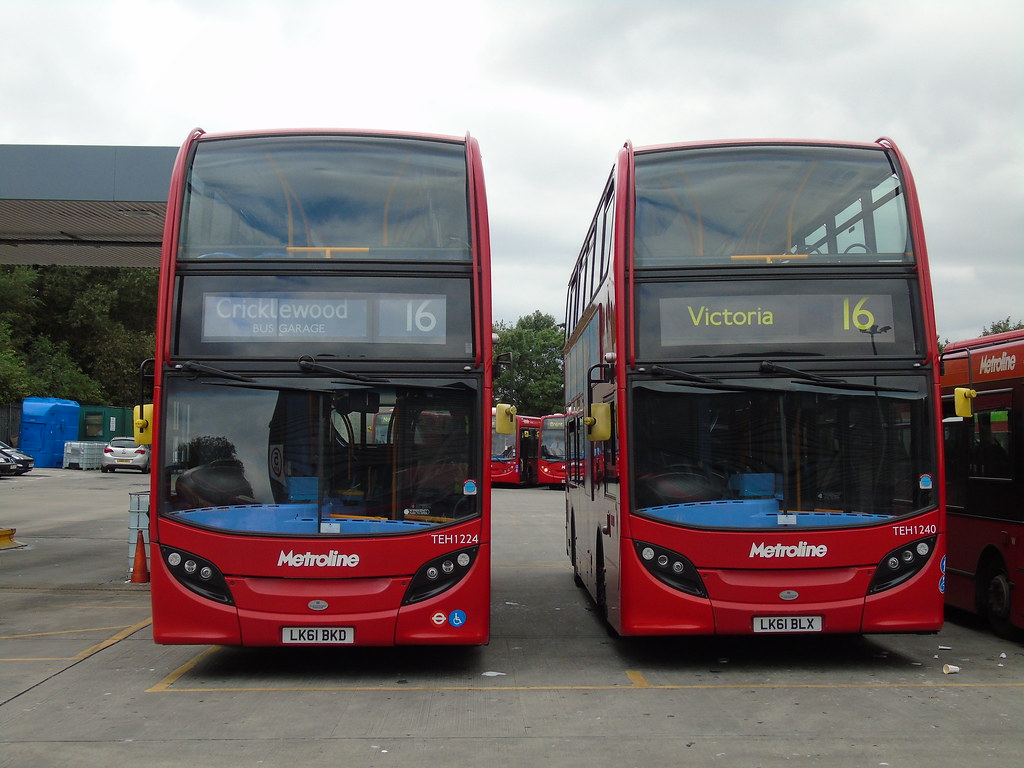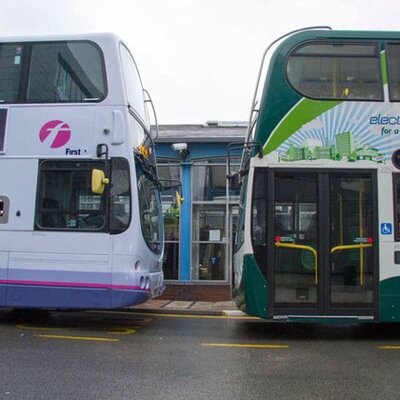The latest was Fishwicks, the Lancashire operator with the distinctive two-tone green livery which wound up its operations last month. Stagecoach stepped in to run their 111 service (Preston - Leyland) and the rest is now consigned to history.
It's a story repeated across the country thanks to cuts in local government which have meant areas with subsidised buses now don't see a passenger carrying vehicle any more. A sad state of affairs at a time when we look to public transport to reduce the impact of our crowded roads.
It's not all bad news though. Cardiff-based New Adventure Travel have done the complete opposite and grown a bus business with new vehicles for a cross-city service across the Welsh capital and are doing a similar initiative in Newport. NAT Group were recently criticised for advertising their tickets as "ride me all day for £3" with scantily-clad attractive people on the back of the bus, but it got people talking about it. Surely the advertising plan worked very well!
NAT Group are an exception in this case and it's sad that we don't have entrepreneurial people in the bus industry wanting to go it alone. Those that do often suffer from either the big boys drilling them into the ground (usually the only reason a new service is started is because said big boy isn't providing what they should anyway) and subsequently the big boy pulls their socks up until the new boy has taken his toys home with him and then go back to providing a lacklustre service as before.
So will we ever see any new bus business springing up into the service world? It is with a heavy heart that I say it is doubtful we will see this happen. Mainly due to the Partnerships springing up everywhere. Should a London-style bidding system take place, this may alter things and allow new entrants into the market and shake up the offering. The biggest problem being is the money that is required behind such a move and banks generally wouldn't want to or understand the rationale so we are back to square one.
Whilst I don't have a problem with the likes of First, Stagecoach and Arriva, we rarely see these days, perhaps with the exception in certain depots the flair that used to exist in the independents. Granted we have some bad companies who go on their own but that's not to say they don't provide a lifeline to the communities they serve who don't really demand such niceties as free Wifi and a charging point.




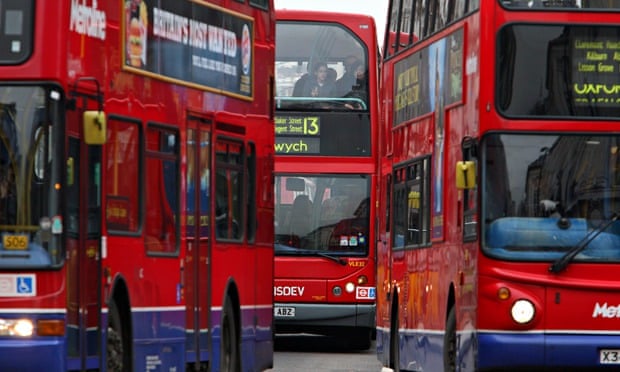
_bus_15316_(H466_GVM),_25_July_2008.jpg)
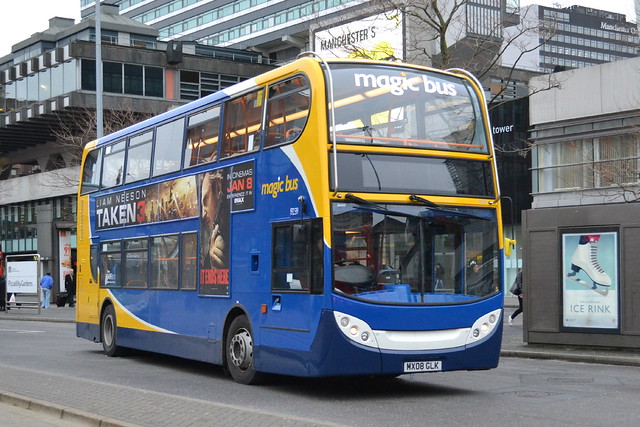
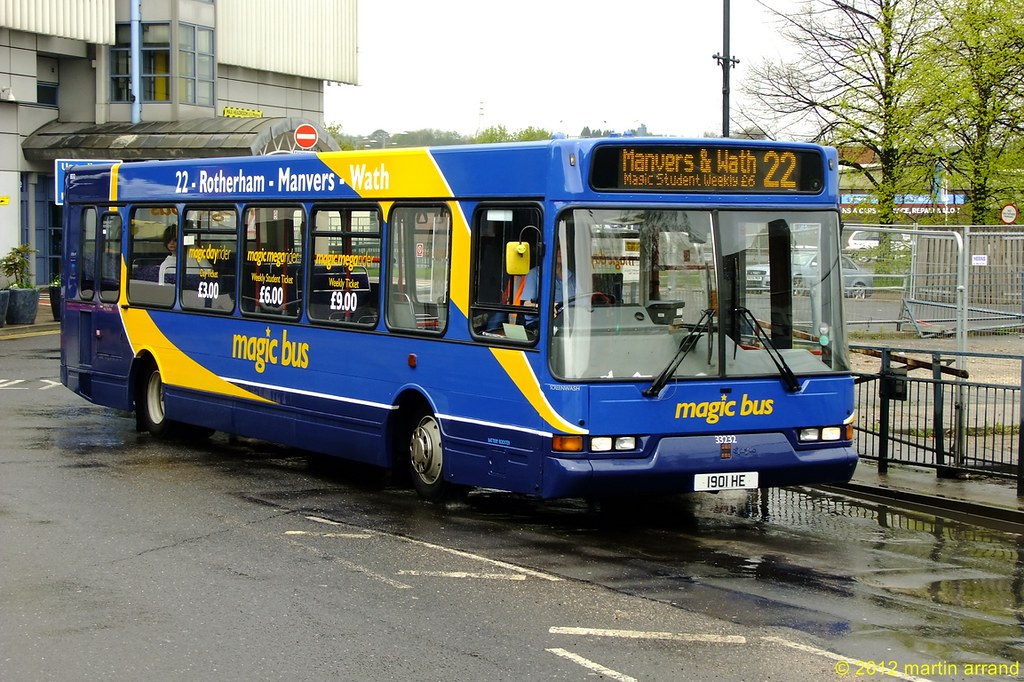

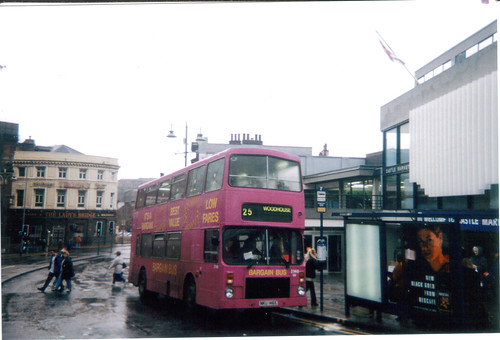
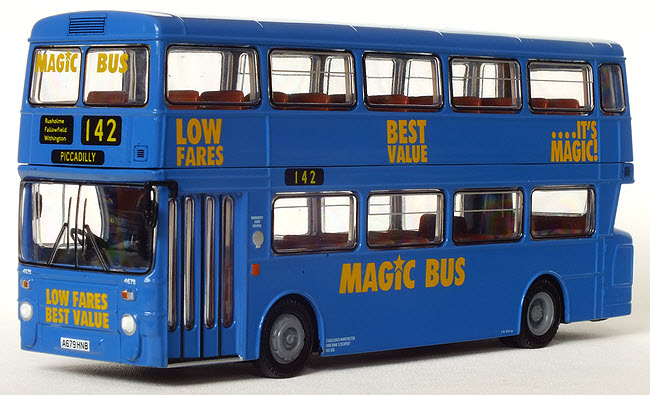

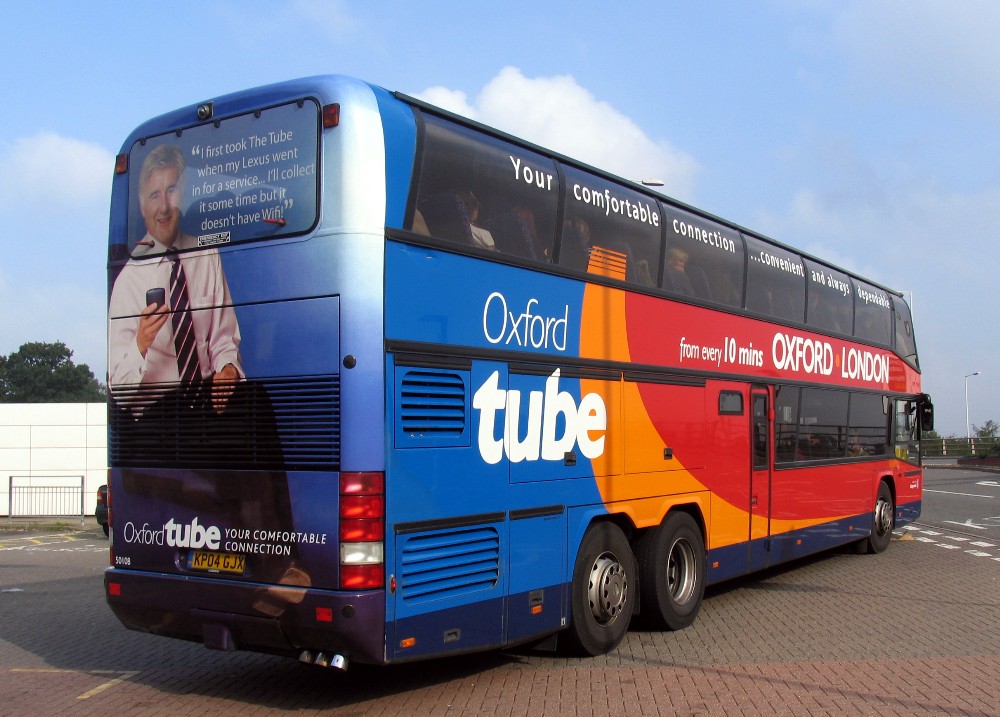
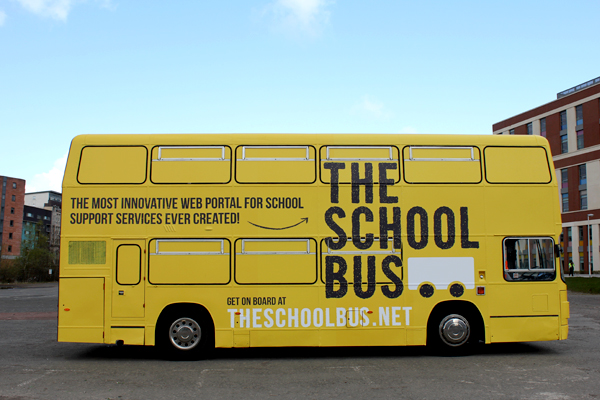
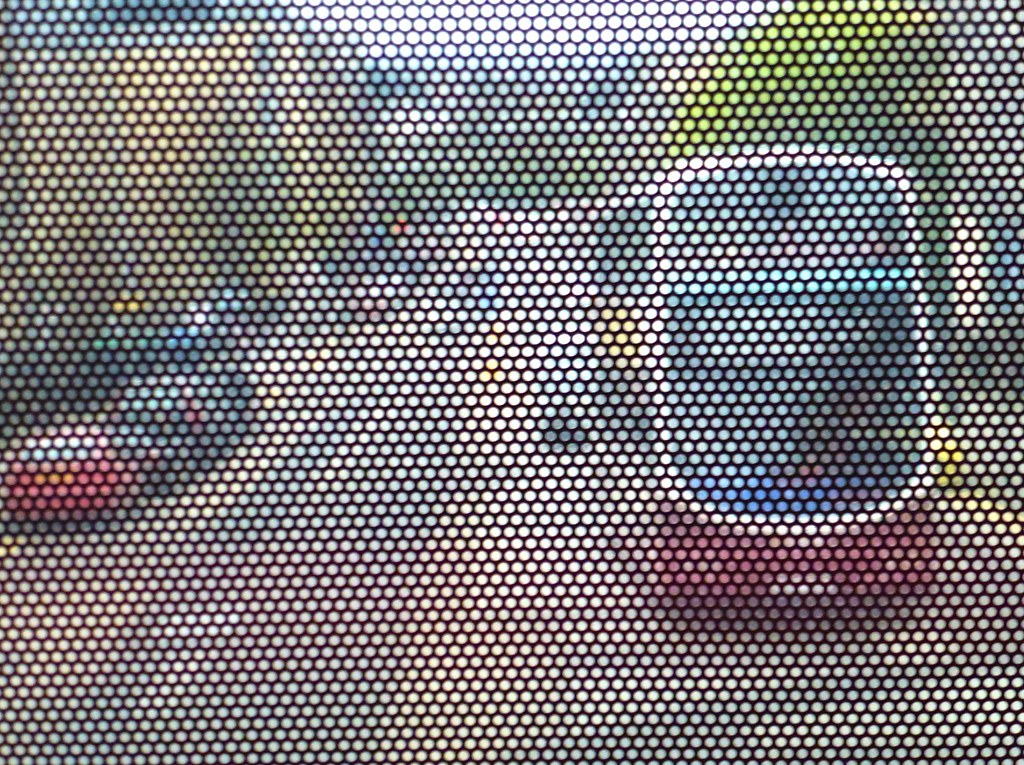

%20mwg%20941x.jpg)











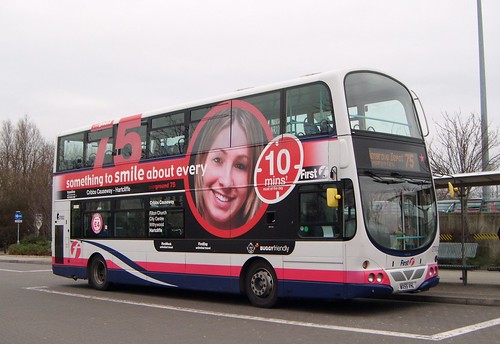











_2011_New_Bus_for_London,_Victoria_bus_station,_route_38,_27_February_2012_(1).jpg)
